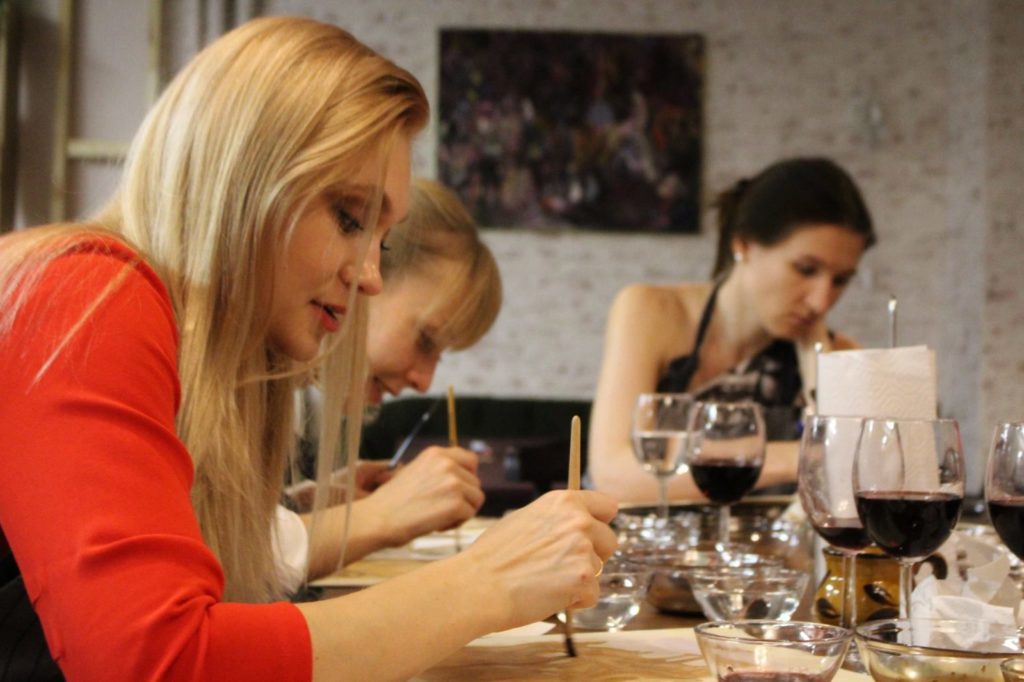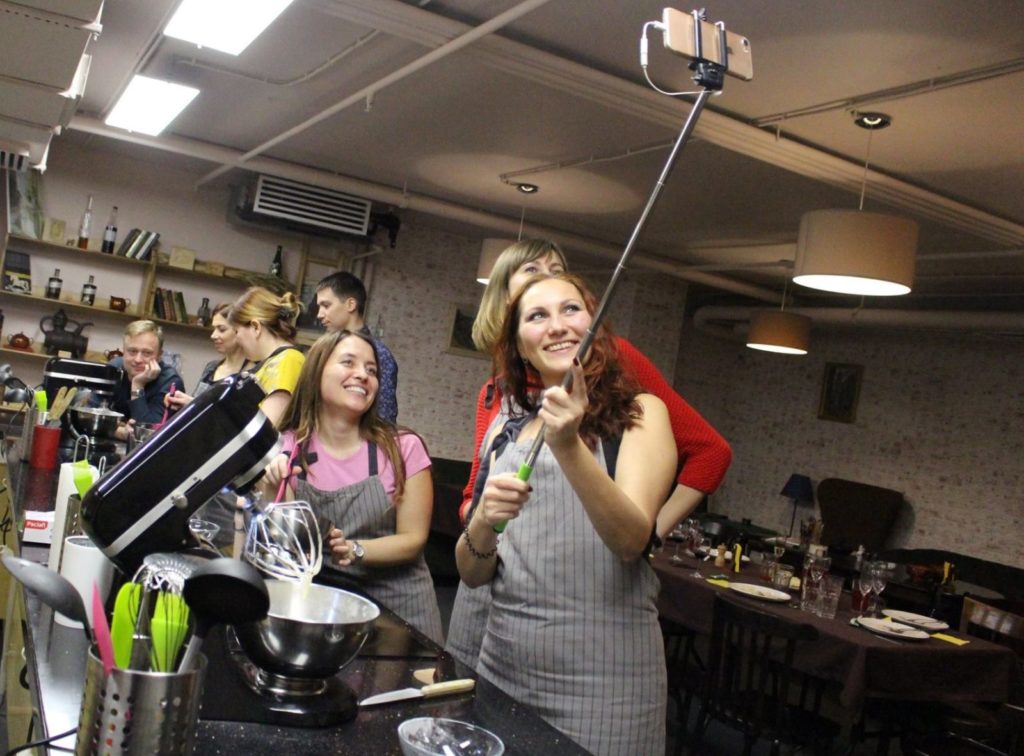1 October Russian Cooking Master- class
This is a cosy and homely Cooking Studio that offers lessons in Russian Cuisine.
A country’s food is one of the most important parts of its culture. Here you learn to cook a multitude of Russian, Georgian and Caucasus dishes.
Enjoying the local food is important when you live in a country for a while!
Let’s learn to cook some of the authentic dishes! ))
For the 1st cooking master-class we have selected the “Classics”
The soup we are going to cook is Borscht.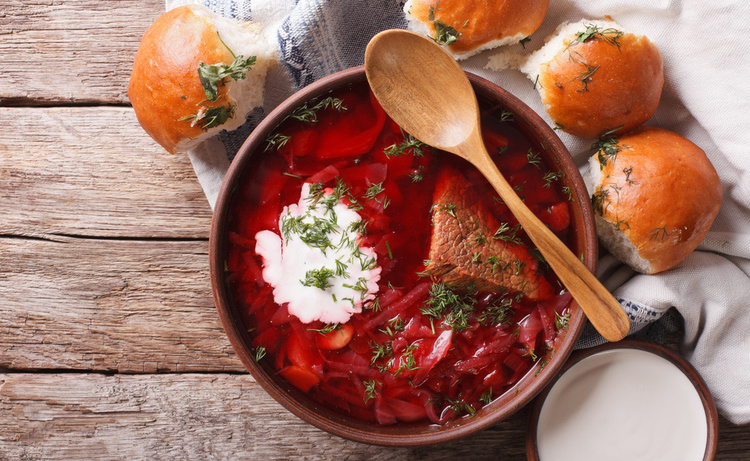
Borsch is the most popular Ukrainian and Russian soup with beetroot as the main ingredient, which gives it a distinct red colour. Over the years we have accumulated many different Borscht recipes but most often it is made by combining meat or bone stock with sauteed vegetables, which – as well as beetroots – usually include cabbage, carrots, onions, potatoes and tomatoes. Its popularity has spread throughout Eastern Europe; Borscht was popular in the former Russian Empire and in the former Soviet Union.
Pirozkni is an easy main course that is possible using vegetables and meat.
Pirozhki are a Russian and Ukrainian puff pastry which consists of individual-sized baked 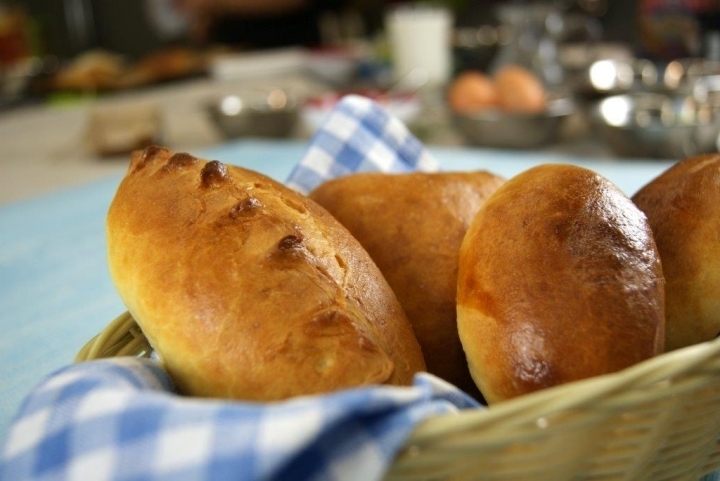 or fried buns stuffed with a variety of fillings. “Pirozhki” is a derivative from Russian word “pirog” which refers to a fully-sized pie. A common variety of pirozhki are baked stuffed buns made from yeast dough and often glazed with egg to produce the common golden colour. They usually contain meat (typically beef) or a vegetable filling (mashed potatoes, mushrooms, onions and egg, or cabbage), but because they are so popular there are a multitude of recipes, so we will trust the choice of our Chef!
or fried buns stuffed with a variety of fillings. “Pirozhki” is a derivative from Russian word “pirog” which refers to a fully-sized pie. A common variety of pirozhki are baked stuffed buns made from yeast dough and often glazed with egg to produce the common golden colour. They usually contain meat (typically beef) or a vegetable filling (mashed potatoes, mushrooms, onions and egg, or cabbage), but because they are so popular there are a multitude of recipes, so we will trust the choice of our Chef!
There is a funny story about Pirozhki and its expanding global popularity! In 1956 Mr Kokado, who wanted to promote Soviet-Japanese relationship, started baking “Pirozki” in Japan. He was selling them as a popular Soviet dish to Japanese people. Some time later, Mr Tomita claimed “pirozhki” as his personal invention. He presented the Patent he had received in Tokyo and demanded royalties for each dish that was sold! The court case lasted several years, and over 600 “witnesses” were interviewed including the Chef of the Soviet embassy in Japan, a journalist from Tokyo “Pravda” edition. The Soviets even translated the Soviet Encyclopaedia article referring to “pirozhki” to prove they have been known from at least the times of Ivan the Terrible!
And the last, but not the least is Blini, Russian pancakes. Blini is a flat cake, often thin and 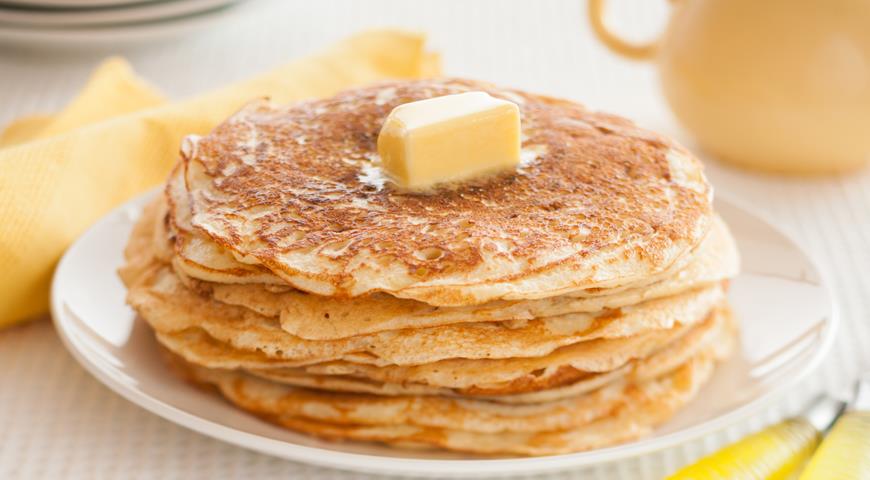 round, prepared from a starch-based batter that may contain eggs, milk and butter and cooked on a hot surface such as a griddle or frying pan, often frying with oil or butter.
round, prepared from a starch-based batter that may contain eggs, milk and butter and cooked on a hot surface such as a griddle or frying pan, often frying with oil or butter.
Blini are probably the first foods people made with flour. They date back to pre-historical times. Each nation has its own variety of “blini.” The French crêpes, English pancakes, Indian “Dosa” and so on.
Russian “Blini” are one of the first creations of Russian cuisine that appeared in the IX century when the country was pagan. So, let’s learn to cook Russian “Blini”!
FULL MENU
SOUPS :
- Borscht
• Cold soups : Svekolnik (beetroot soup) or Okroshka (a cold soup made from cucumber, kvass, radish, dill, egg, and meat)
• Stchi ( a Russian soup with cabbage as the primary ingredient. Its primary distinction is its sour taste, which usually originates from cabbage)
• Rassolnik ( pickle soup) or Solyanka ( a thick soup of stewed cabbage and meat)
• Soup from Urals
• Beans soup with beef ribs - Fish soup from Rostov
• Noodle soup with mushrooms
• Split pea soup with smoked meat
• Kharcho ( a traditional Georgian soup containing meat, rice, vegetables and a highly spiced bouillon. The soup is usually served with finely chopped herbs)
SALADS AND APPETIZERS:
- Russian salad “Olivier”
• Dressed herring (“Herring in “shuba”coat),
• Russian salad with potatoes and smoked salmon
• Herring with honey & mustard souсe served on served on brown “borodinski” bread toasts
• Forshmak from Odessa (baked dish of mashed potatoes, onions, and hashed meat or herring)
• Chisken liver paste with apples served on toasts
• Pickles & marinades
MAIN COURSE :
- “Pirozhki” baked stuffed buns (Small Russian pastries with various fillings)
• Pancakes (with or without fillings) - Kulebiaka ( meat pie) or “rasstegai” with fish ( small pie without top crust)
• Pelmeni (meat dumplings) or “vareniki” (made by wrapping pockets of unleavened dough around a savory or sweet filling and cooking in boiling water)
• Chicken Kiev
• Pozharski chicken and partridge cutlets
• Monastery recipe of pike perch in casserole - Stuffed potato cakes
• Moscow recipe of Mallotus villosus
• Golubtsi ( cabbage rolls)
• Acharuli khachapuri
• Chachchbili (Georgian-style chicken with herbs)
• Khinglash – home made flat cakes with cottage cheese or with pumpkin
DESERTS :
- Sweet pancakes
• Sweet pies
• Cottage cheese pie
• Sweet cheese danish
• Gingerbread
• Cottage cheese pancake or baked puddings
• Turnip baked with cottage cheese and honey
• Apple, baked with honey and pine nuts



